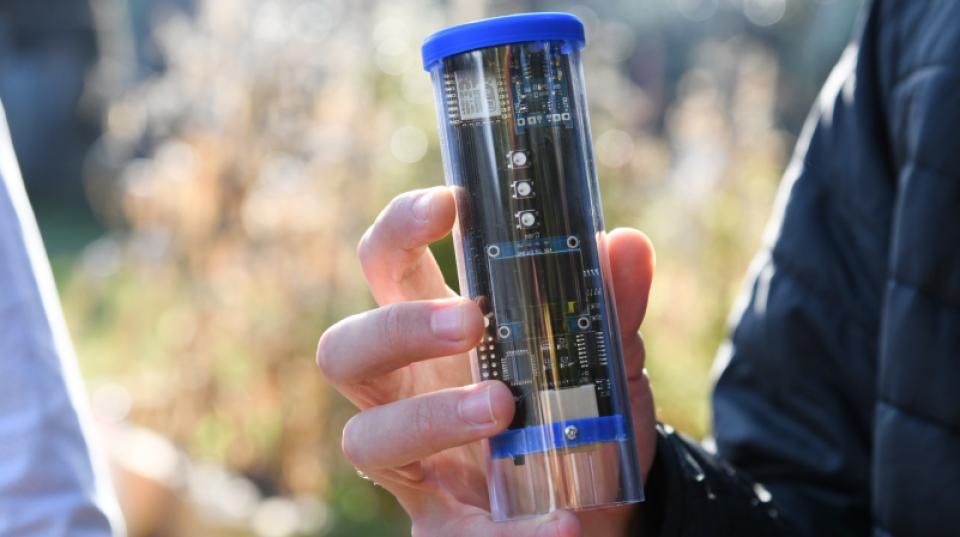Overview
This project aimed to document the experience of direct-seeded rice (DSR) within the broader farming and social system, in Savannakhet province of Lao PDR.
The project also aimed to understand which approaches are more/less successful, the reasons for adoption, non-adoption and disadoption, and possible technical and policy insights and recommendations.
DSR offers benefits to rice farming households by increasing labour productivity: more rice from existing labour, or freeing time from rice farming for other activities (Clarke et al., 2018). In recent years, DSR has been adopted by more farmers in lowland Lao rice systems. More adoption will lead to more households benefitting, but the pattern of DSR adoption across time has not been linear. Area planted using DSR seems to have stalled, and even declined as some farmers have disadopted. This begs the question; why has adoption not continued to increase if the benefits are clear? This project was designed to address this question in the Savannakhet province of Lao PDR.
Project outcomes
- Developed a greater understanding of drivers, and barriers to, successful DSR and consequent rural livelihood enhancement.
- Identified both technical and policy insights and recommendations.
- Identified further interventions and research needed to respond to opportunities and challenges from adoption of DSR (e.g. management practices, information systems, supply and value chains, policy instruments, technical including machinery refinement etc.)





